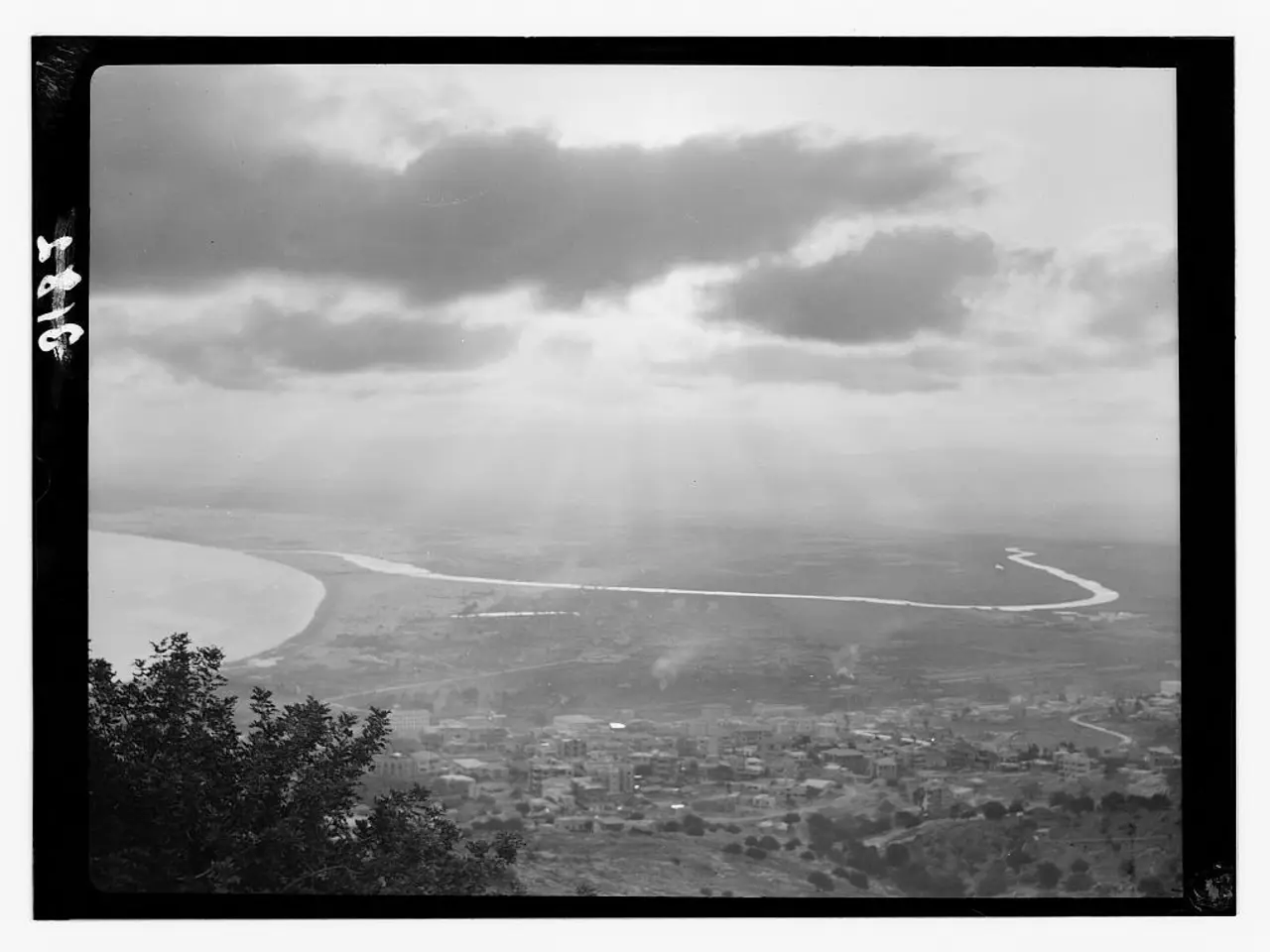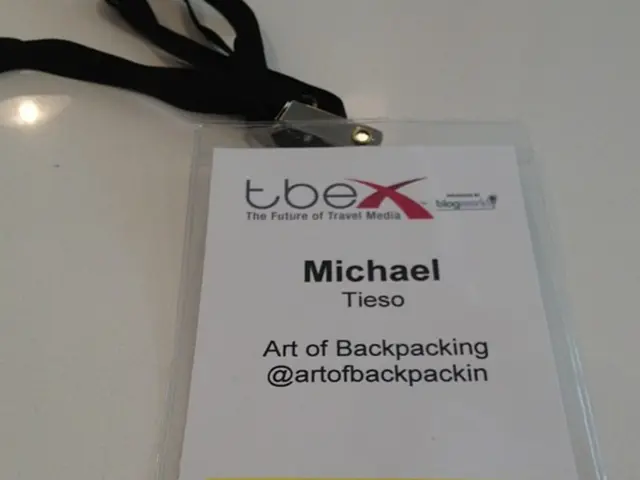Exploring the Basics of ISO in Photographic Imaging
Optimal ISO Settings for Stunning Photographs
In the world of photography, understanding how to adjust ISO settings is crucial for capturing high-quality images in various lighting conditions. Here are some best practices to help you achieve optimal image quality.
Bright Scenes
When shooting in bright or well-lit conditions, such as outdoor daylight or controlled studio lighting, use the lowest ISO possible, typically ISO 100 or 200. This minimises digital noise and ensures the cleanest, sharpest images [1][2][3][5].
Low-Light Situations
As light levels decrease, you'll need to increase your ISO to maintain proper exposure without sacrificing shutter speed or aperture settings. Common higher ISO values range from 800 to 3200 or higher, depending on your camera’s noise performance and shooting needs [2][3][4].
To prevent excessive noise, test and set an upper ISO limit on your camera, especially when using Auto ISO mode. Conduct test shots across ISO values in your typical shooting conditions and examine noise at 100% zoom on a monitor to find the highest ISO that produces acceptable grain/noise. Set this as the auto ISO max limit [1].
Manual Control
Prefer manual ISO setting for more control, rather than fully automatic ISO, so you can balance noise and exposure creatively. Only increase ISO when necessary, letting shutter speed and aperture primarily control exposure [1][5].
Noise and Image Quality
Remember that higher ISO results in more digital noise, which appears as grain and can degrade image quality, but in some cases, noise can be used stylistically [3].
Exposure Triangle
Complement ISO with appropriate aperture and shutter speed settings according to the exposure triangle to maintain artistic and technical image quality [3].
Post-Processing
Use noise reduction software in post-processing to mitigate the effects of noise in high ISO images. Utilize noise reduction software judiciously to reduce the visibility of noise without compromising detail [4].
Trade-offs
Low ISO may require slower shutter speed, risking motion blur; high ISO offers less risk of motion blur. Low ISO allows for narrower aperture for greater depth of field; high ISO permits wider aperture for low light conditions [3].
Pushing the Limits
Always test your camera's limits in various conditions to understand how high you can push the ISO before noise becomes unacceptable for your purposes [6].
When possible, use the lowest ISO you can get away with for the given lighting condition to maintain image quality [3].
Specific Scenarios
- Indoor with good artificial light: ISO 400-800
- Overcast day or in the shade: ISO 200-400
- Indoor sports or concerts: ISO 1600-3200
- Taking photos of a school play in a dimly lit auditorium to avoid motion blur without using flash
- Capturing the action at an evening football game where lighting is suboptimal, and you need a fast shutter speed
- Photographing nocturnal wildlife where the use of artificial light is either impossible or would disturb the animals
- Shooting in bright outdoor environments
- Nighttime or astrophotography: ISO 3200 and above
Conclusion
By following these best practices, you can adjust your ISO settings to capture stunning photographs in a variety of lighting conditions. From bright scenes to low-light situations, remember to start with the lowest ISO possible, raise ISO as needed in low light balancing noise, and test your camera’s noise tolerance to set safe ISO upper limits, favoring manual control for optimal results [1][2][3][5].
In the realm of photography, leveraging technology advancements like adjusting ISO settings skillfully is vital for creating high-quality images under various lighting conditions, given the context of Optimal ISO Settings for Stunning Photographs.
When capturing images in technological environments like controlled studio lighting or outdoor daylight, it is advisable to use low ISO values such as ISO 100 or 200, relying on technology to minimize noise and ensure picture clarity.
On the other hand, when venturing into low-light situations that require a higher ISO to maintain proper exposure, it is important to test and set an upper ISO limit for your camera to prevent excessive noise, thus maximizing image quality, demonstrating a seamless connection between photography and technology.




